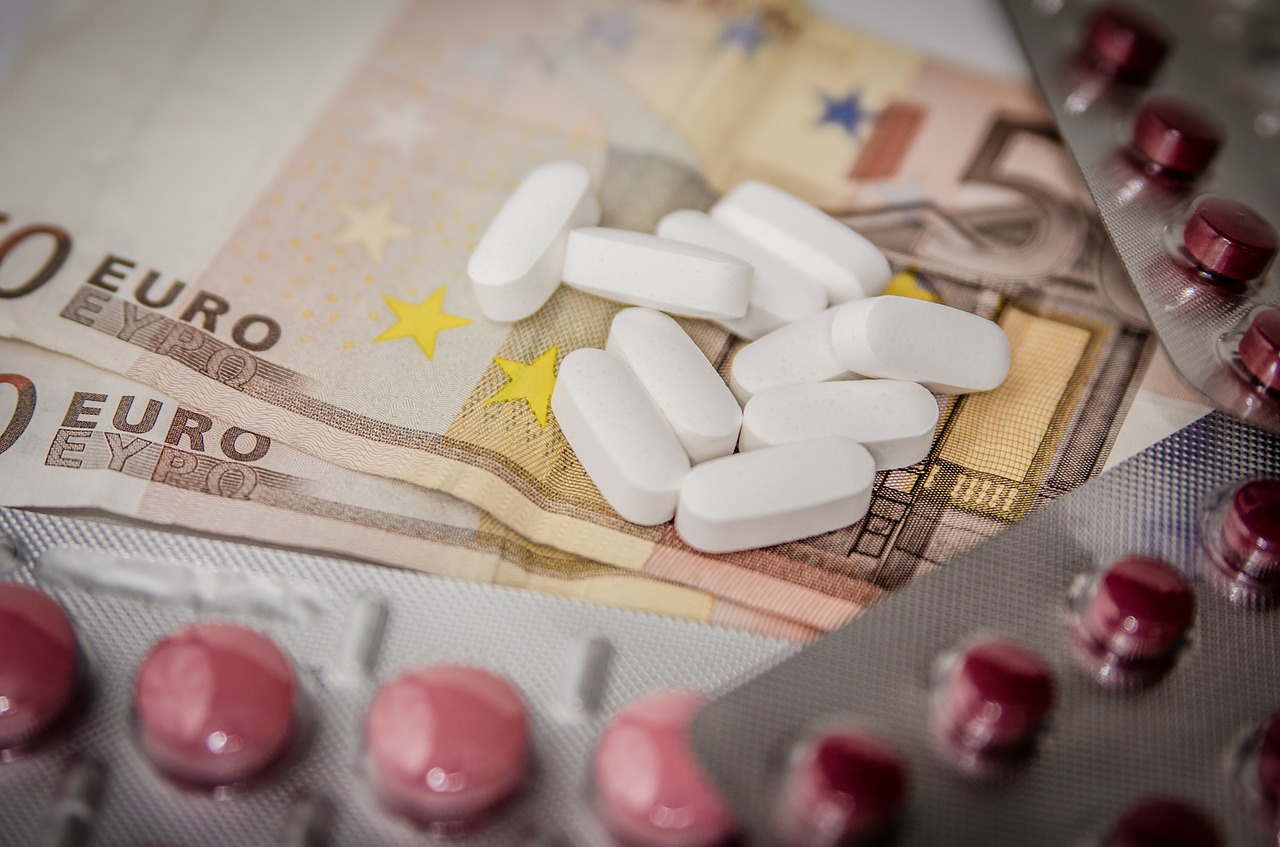Can technology combat chronic stress?
Stressors in individuals can occur on a regular basis, especially in uncertain contexts such as the current health situation. To prevent a state of stress from becoming chronic and causing mental health problems, approaches involving positive technologies could help people to improve their resilience. Anuragini Shirish, a researcher at Institut Mines-Télécom Business School, describes her work on this subject.
Why is it important to reduce stress in people in general?
Anuragini Shirish: According to the latest estimates in 2017, 792 million people worldwide are diagnosed with mental health problems, 284 million and 264 million of whom reportedly suffer from anxiety and depression respectively. The physiological state of chronic stress is a major risk factor for the development of these diseases. Avoiding – or at least limiting – this state of chronic stress in individuals could therefore significantly reduce the risk of developing these diseases and improve their living conditions in general.
How do people develop a state of chronic stress?
AS: We have made great strides in our understanding of the mechanisms that induce stress. Stress was formerly thought to be caused by repeated exposure to stressors, but now – especially in light of evolutionary neurobiology theories – stress is generally considered to be a default response to dangerous situations, which is inhibited by the prefrontal cortex when people perceive a sense of security. The recent “Generalized Uncertainty Theory of Stress” states that stress originates from a feeling of permanent insecurity in individuals.
How has the COVID-19 pandemic influenced individual and collective situations of chronic stress?
AS: The COVID-19 pandemic has triggered a general feeling of insecurity in many aspects, including one’s own health and that of one’s loved ones, financial stability and job security. Many people have been affected by situations of chronic stress, which has led to a significant increase in mental illnesses. Uncertainty and stress drive people to seek out responses. However, the information they find is sometimes inadequate and may even be dangerous at individual and collective levels. It is therefore important to consider how to guide these responses, especially in the context of the pandemic.
Are you suggesting the use of technology to reduce stress in a holistic way?
AS: “Positive” technology sets out to improve individual and collective living conditions. In this case, such technology can be designed to improve people’s mental states. There are several types of positive technology, many of which now consist of mobile applications, which means that they can be made available to a large portion of the population.
In concrete terms, what technological tools could help to reduce stress?
AS: This is precisely the purpose of the analysis we are seeking to provide. We have defined three types of stress-response behaviors. Certain behaviors may be favored, depending on the individuals concerned and the context.
“Hedonic” behavior seeks to reduce stress through an immediate distraction. The aim is to enjoy a brief moment of pleasure. Positive hedonic technologies provide a very rapid response to stress. Examples include video games and television series. However, their stress-reducing effects are generally short-lived. Such solutions are of fleeting benefit and generally teach people very little about how to limit their future stress.
“Social” behavior reduces stress through social interaction. Its effects last longer than hedonic behavior because people can share their emotions, help and advise each other with regard to common goals. However, the benefits remain temporary. During lockdowns, meetings of friends or family by videoconference were examples of how social positive technology facilitated responses to individual and group stress.
“Eudaimonic” behavior is related to the search for meaning and purpose. It is based on the principle of personal growth and development and helps to develop a better response to stress over time. This type of behavior is also the most difficult to master, as it requires a more substantial investment in terms of time and energy, and we would like to see positive technology increasingly used in this area. Facilitating access to eudaimonic behaviors could promote better ways to combat stress and mental health problems on the societal level.
How does a positive eudaimonic technology work?
AS: Positive eudaimonic technologies may be based on different approaches. For example, many current applications provide support for meditation, whose mental health benefits are now widely accepted. Applications related to a learning process involving personal achievement can be considered as eudaimonic technologies. We can also develop technologies for initially hedonic or social purposes, in order to facilitate access to them, which may then be used for eudaimonic purposes in a subsequent phase. The recent Heartintune application is an example of this type of approach.
What are the prospects for the development of positive technologies at the societal level?
AS: Various types of positive technologies already exist, and our next challenge is to promote their development and widespread use in order to boost resilience. We believe that the best way to do this is to use technology to promote more eudaimonic behaviors.
This could be a particularly important issue to raise at the World Health Summit in Berlin at the end of October 2021, which will focus on issues including the potential contributions of innovations and technology to the resolution of health problems.
Antonin Counillon






